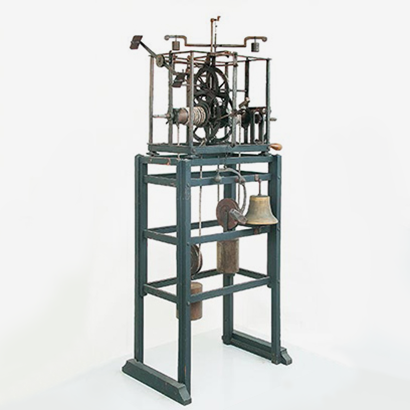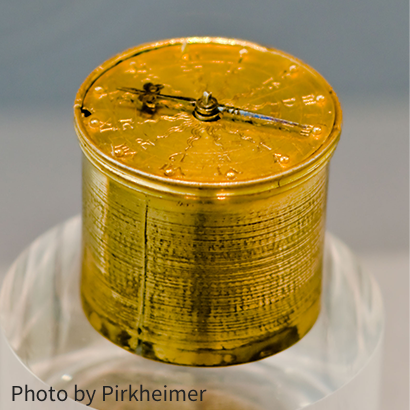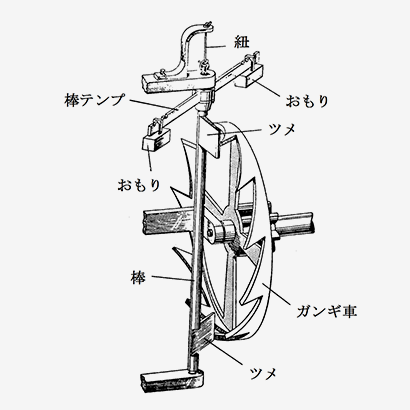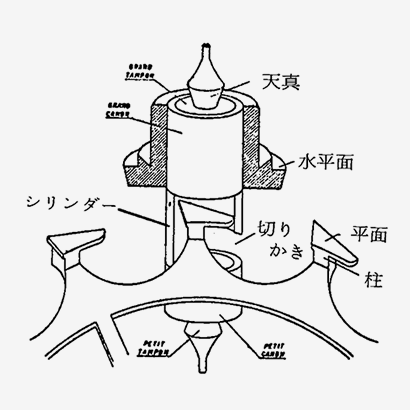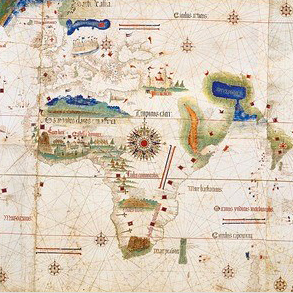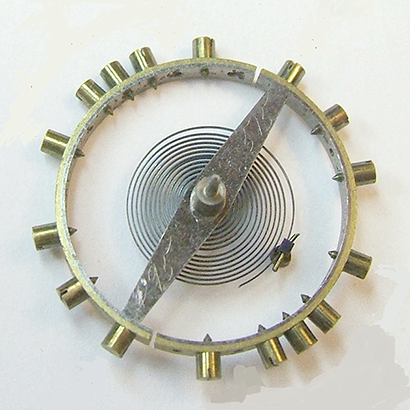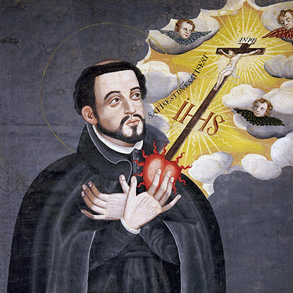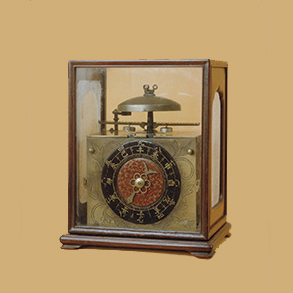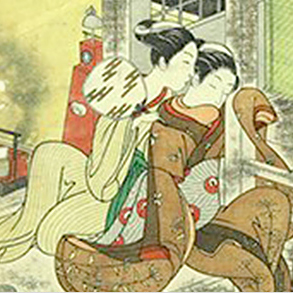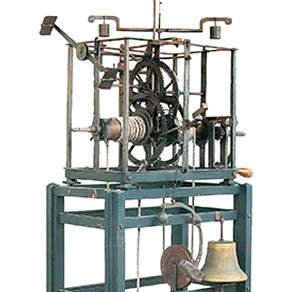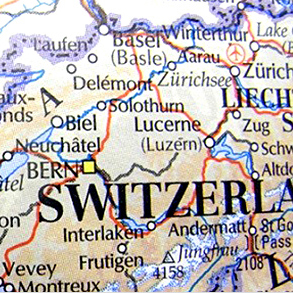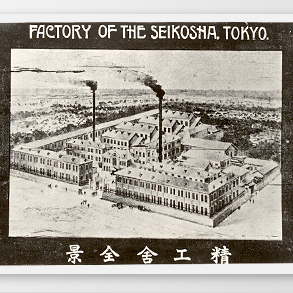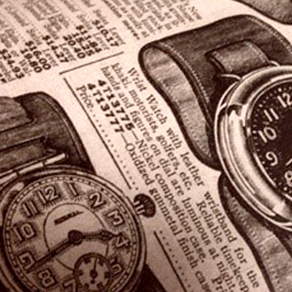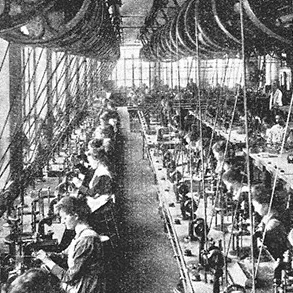A tragic railroad accident in Kipton, Ohio in 1891 triggered a boom in the US timepiece industry. Mass production with improved precision and standardized parts commenced at full speed.
Timepiece Manufacturing Starts in the US
The first clockmakers in North America were immigrants to the American continent who had learned how to make clocks in the UK, Germany, and Holland. Up to about 1800, most made tall British longcase clocks, or “Grandfather Clocks.” These clocks typically stood 2 meters in height and had a striking function with chimes such as Westminster.
The complex movements and careful handmade decoration of the cabinets required considerable time to complete. Manufacturers simplified the designs, step by step, to streamline production. By the early 19th century general wall clocks were spreading throughout the US.
Mass Production of Clocks Begins in the US
Standardized, compatible parts from earlier decades led to the development of mass production in America, a continent unbound by the guild-like handicraft tradition that emerged in Europe after the Middle Ages. Demand in the vast market increased.
The mass production system started in the cotton industry in 1798 and was later adapted to clocks, Colt’s pistols, McCormick reapers, Singer's sewing machines, and later to typewriters, bicycles, and automobiles.
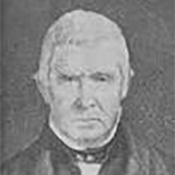
Eli Terry built a clock-making plant with water-powered machines in 1802. The whole production process was efficiently divided into 25 sub-processes, achieving the production of 200 clocks per year. Later he expanded the plant, soon realizing the production of 6,000 shelf clocks per year at a greatly reduced production cost per unit.
Terry incorporated the clock movements into cabinets in collaboration with cabinet manufacturers in regions all over the US. He also systematized marketing throughout the country.
Terry established a distribution system for clocks by annual installment across the US by having the regional cabinet manufacturers build the cases, completing the clocks in winter, and then selling the clocks, either wholesale or retail, in summer.
Waltham Begins the Mass Production of Pocket Watches
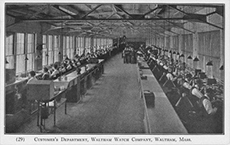
Later, in the middle of the 19th century, American clock makers started manufacturing pocket watches in addition to wall clocks.
First, Aaron Dennison founded the Boston Watch Company, a pocket watch manufacturer that was later to become Waltham, in 1854. Dennison hit upon the idea of mass production when visiting Whitney’s mechanical production plant for rifles. He built a watch factory in the US after acquiring the necessary manufacturing knowhow through visits to pocket watch factories in the UK and Switzerland.
The demand for pocket watches rose in the Civil War (1861-1865). Production reached 120,000 watches by 1864, of which half were reportedly supplied to troops. The company (=brand) was renamed the American Watch Company in 1859 and later the Waltham Watch Company in 1885.
With the emergence of Elgin and Hamilton in 1864 and 1892, the top three pocket watch manufacturers in the US were established. At about the same time, Robert Ingersoll started a mail-order business for a line of “dollar watches,” promoting them with a still famous sales slogan, “The watch that made the dollar famous” in 1881. Ingersoll sold 100 million pocket watches at affordable prices in 1896, contributing greatly to the popularization of pocket watches.
The US timepiece industry was favored by the vastness of the continent and ready availability of steel, brass, and other necessary resources. By the end of the 19th century it surpassed countries in Europe in the number of mass-produced timepieces.
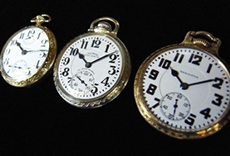
The development of the railroad network generated demand for pocket watches for ordinary people, along with arising demand for pocket watches for troops in the war.
The transcontinental railroad network expanded all over North America, including the south and west, picking up pace from the 1880s. A compact, clear, and accurate railroad pocket watch without a cover became essential for safe railroad operation. The demand increased further.
When up trains and down trains were led onto turnouts and rails were cleared to allow the passage of express trains, safety depended on punctuality and the exact synchronization of the watches carried by the engineers on the trains and railroad workers in the field.
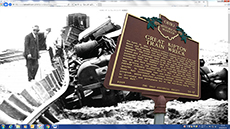
A 4-minute error of a watch carried by an engineer on a train caused the “Great Kipton Train Wreck” a collision between two trains in Kipton, Ohio in 1891. The engineers on both trains and nine train crew were killed.
Alarmed by the accident, railroad officials commissioned Webb C. Ball, a jeweler and watchmaker who was then managing the local standard time, to work as the Chief Inspector for the lines. They asked him to investigate the accident and establish a system for reliable operation.
In 1893 Ball established a set of “Railroad Approved” standards applicable to the watches used by railroad workers. Watch manufacturers were requested to produce railroad watches satisfying the standards. Other watches were disallowed.
“Railroad Approved” Standards and Manufacturers
Main specifications for the railroad watch:
1.A 16 or 18 size movement made in the US
2.Minimum number of jewels: 17
3.Tested to at least 5 positions
4.Error of no more than 30 seconds per week (watches that fail to satisfy the error limit must be readjusted and re-inspected)
5.Operable between a temperature of 40 °F and 100 °F (4.4 ℃ and 37.8 ℃)
6.A white dial with black Arabic numerals and thick hands
7.Adjustable by the second
8.Encased without a cover
The detailed specifications ensured that a railroad worker could check the time correctly in an instant in the field.
Compared to other watches, railroad watches required higher air tightness, greater durability against vibration, and superior overall reliability. They had to withstand the high temperatures and constant vibrations the engineers were exposed to when stoking the locomotive boilers with coal. The error specification, deviation by no more than 30 seconds per week, was very strict for the day.
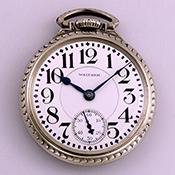
Waltham, Elgin, and Hamilton successfully made the railroad pocket watches to meet these strict standards in America, and Longines and Zenith joined the market in Switzerland, as well.
Each manufacturer used a big detached balance and wind-up hair spring to achieve high precision, as well as a dual roller table called the “double roller” to control the oscillation angle of the impulse pin. All of the watches were also equipped with a fast/slow regulator to allow time adjustment by the second.
In this way, American watch companies evolved in later decades, basing their technologies on the high precision and reliability of pocket watches learned from the manufacture of railroad watches.
Waltham’s watch was selected as a standard railroad watch in many countries by dint of its high reliability. The Japanese Ministry of railroads (later the Japanese National railroads) adopted it as a standard railroad watch in 1897 and continued using it until Seikosha’s railroad watch, the “Seikosha,” superseded it in 1929. Then Hamilton produced a famously accurate railroad watch called the “Broadway Limited” and gained wide recognition as manufacturer of aviation and military watches usable in much more severe environments.
The “Standard Time” System Born from “Railroad Time”
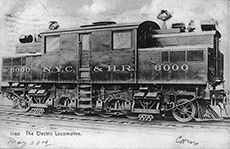
Until the middle 18th century, time zones were arranged at four-minute intervals per latitude, even in the same countries. This was a logical system, because time was still determined by sundials located in the towns.
Railroad companies were first established in the early 19th century in different regions of the UK, the birthplace of the railroad. As the railroad network gradually developed, railroad operation was based on time zone at the headquarter location. When railroads connecting towns at high speed developed, the train schedules had to be managed according to a common time to avoid the confusion and danger of different time schedules for different trains.
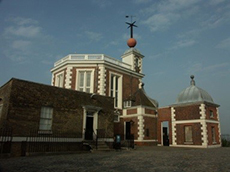
This led to the development of “Railroad Time,” a standardized time system based on Greenwich Mean Time. In around 1850, all of the railroad companies started to use Greenwich time voluntarily to prevent train accidents and enhance convenience.
Eventually, in 1880, the Act defined Greenwich Mean Time as the standard time for the whole of Britain.
Across the Pacific, the railroad companies in the vast territories of the US established more than 80 standard times. These standard times sometimes differed even within the same local time zones, causing great confusion.
In 1883, some of the railroad companies in the US started using a system of railroad time by dividing the whole country into four time zones. The system became universal when the International Meridian Conference held in Washington D.C. the next year, 1884, officially adopted the following proposal from the Americans: “divide the world into 24 time zones with one-hour gaps based on Greenwich Mean Time as a world standard time, with a meridian intersecting Greenwich set at zero.”
The four time zones of the American continent were approved as standard time zones at the international conference, and the system was determined to be both convenient and rational. Other railroad companies therefore adopted it as a common “railroad time.” Passengers soon got used to the standardized time system, as well. In the 1920s, as more and more cars and ships crossed time zones, Greenwich Mean Time (GMT) was widely adopted around the world even for marine and land transportation. Until then, standard time had meant the “railroad time.”
References
・Hirai, Sumio, The Story of Timepieces. The Asahi Shimbun
・Sakae, Tsunoyama, Social History of the Timepiece. Chuko Shinsho
・Yamaguchi, Ryuji, Timepieces. Iwanami Shinsho
・Ueno, Masuo, The Story of Timepieces. Hayakawa Shobo
・E. Bratton. Cultural History of the Timepiece. Tokyo Shobo
・Ikeguchi, Eiji and Ishimaru, Kazumi, The Story of the Railroad Watch. Kotsu Shimbunsha
・Imai, Kesaharu, New Military Watches. Green Arrow


